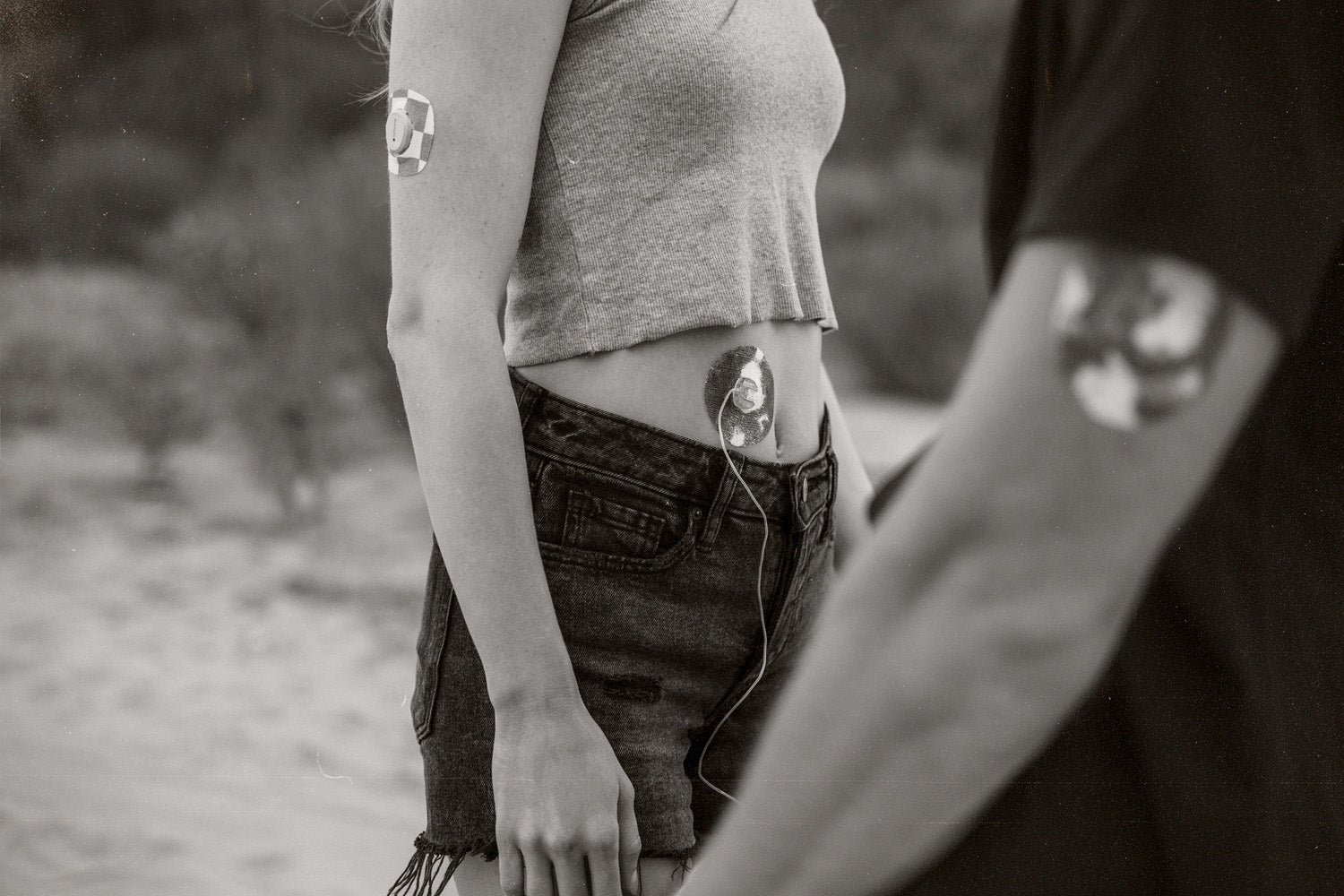 (Kate/Unsplash)
(Kate/Unsplash)
While your blood sugar gets all the hype, diabetes is a multifaceted disease that affects your entire body. As your skin is the largest body organ, it’s no surprise that it is heavily affected by diabetes. When you have diabetes, skin care isn’t just an aesthetic concern for K-pop stars and Instagram influencers, it’s an important part of maintaining your health. Skin Grip is here to break down some of the things you need to know to keep your skin healthy and intact.
Prevention is key.
Diabetes is one of many medical conditions that puts you at higher risk for skin infections, poor wound healing, and other integumentary issues. The best way to avoid long-term skin issues is by managing your diabetes and keeping your blood glucose levels under control. The better control you have over your diabetes, the less likely you will be to develop complications that affect your skin.
Additionally, protecting your skin can help prevent wounds or infections. Simple measures like avoiding walking around barefoot can prevent cuts and puncture wounds that may have difficulty healing. Using products like Skin Tac wipes or Skin Grip’s adhesive patches and tape for diabetic sensors can be another way to protect your skin. Our adhesives are hypoallergenic so they won’t irritate your skin. And the combination of Skin Tac to prepare skin for adhesives and our ultra-strong Skin Gip patches will keep your devices in place so you don’t have to keep re-fastening and making multiple punctures.
Screen your skin often.
Developing a skincare routine can help you identify problems early on when they are easiest to treat. This is especially true for skin problems that occur on the periphery of the body, such as the feet and toes. Many people with diabetes have decreased sensation in these areas and may fail to notice pain, inflammation, or irritation. Because of this, it’s important to develop a skincare routine that includes checking the body for wounds, infections, or inflammation. Identifying small wounds allows you to keep them clean and prevent infections from occurring.
Identifying signs of infection, irritation, or other dermatological issues should be a sign to get medical treatment immediately. People with diabetes, especially when they have chronically high blood sugars, often have a decreased ability to fight infection. Even small infections like athlete’s foot, yeast infections, and others should be treated as early as possible.
Some skin issues are specific to diabetes, but may be hard to distinguish from other more serious conditions. Screening your skin and working with medical professionals to identify unusual findings can help you find relief from uncomfortable conditions. Keep an eye out for skin discolorations, raised bumps, hardening of the skin, or the development of sores or blisters. Some of these conditions may be signs of chronically high blood glucose levels and some may develop into more serious conditions, like gangrene.
Get treatment when you need it.
If your regular screenings turn up something unusual, don’t hesitate to get help from your healthcare providers. While conditions that affect private areas, such as the groin or perineal area can be embarrassing to discuss, it’s important to treat them as early as possible. The longer you wait, the longer you have to live with discomfort.
Putting off medical care can also put you at risk for greater complications. Injuries to your skin can quickly become infected, leading to months long difficulties with healing, infection, and complicated wound care. In worst-case scenarios, small injuries and poorly managed diabetes can result in gangrene limbs and amputation as a last-resort measure. Don’t fall into traps by giving in to denial. Proactive care can keep you healthy throughout a lifetime of diabetes.
Use a CGM to treat the underlying condition.
Using a CGM is one of the best ways to avoid the most disastrous complications of diabetes. The most significant complications are often caused by the damage high blood glucose levels cause to small blood vessels. This damage can adversely impact everywhere you may find small blood vessels in the body, i.e., kidneys, eyes, limbs, and skin.
Skin Grip can help you keep your CGM on your skin, right where it belongs. Research supports CGM use as a way to keep blood glucose levels in their ideal range. Continuous blood glucose readings allow users to monitor their blood sugar throughout the day and watch it change in real time as they eat, administer insulin, exercise, and more.
Instant readings help users stay on top of their blood glucose before it gets too high or too low, keeping them safer day-to-day and over the long term. Skin Grip supports these measures by making hypoallergenic adhesive patches and tape that pair with diabetic devices. Users with CGMs like the Guardian 3, Freestyle Libre, or Dexcom G6 can try our overpatches. Keep your skin happy and healthy with Skin Grip.
Infographic
Take control of your diabetes and stay vigilant - having this health issue puts you at an increased risk for a host of skin conditions, slower healing times, and other issues. The better care you take in managing the symptoms will become apparent through how healthy your outer layers are. With careful monitoring of blood glucose levels, you can drastically reduce any skin issues you experience by taking the right steps.































